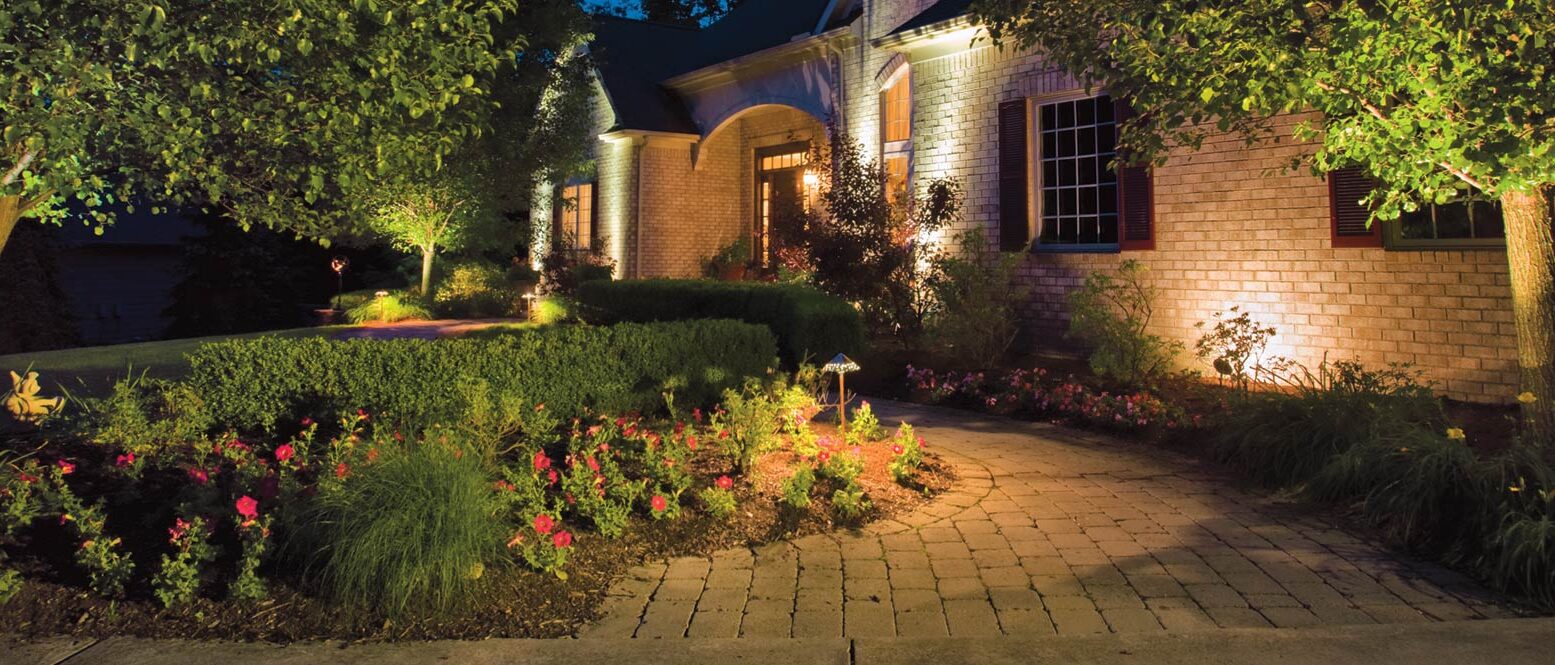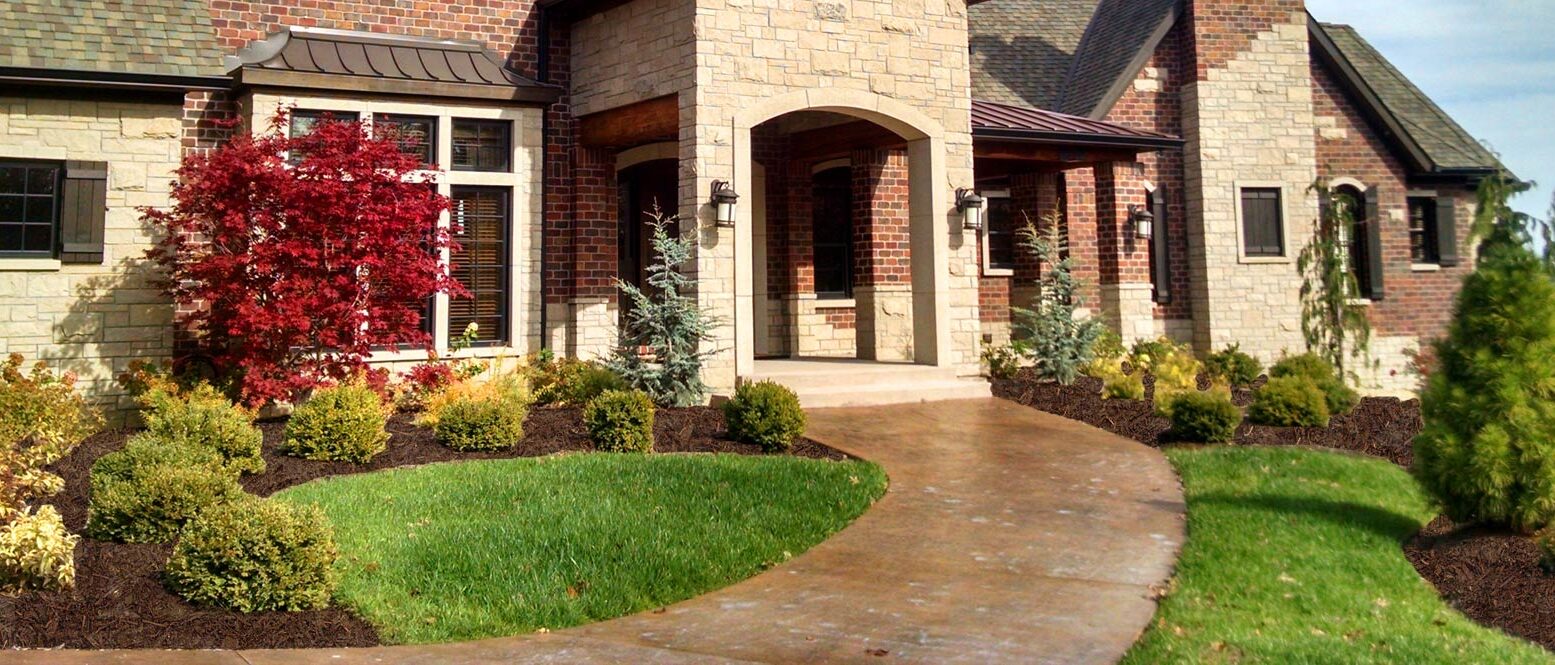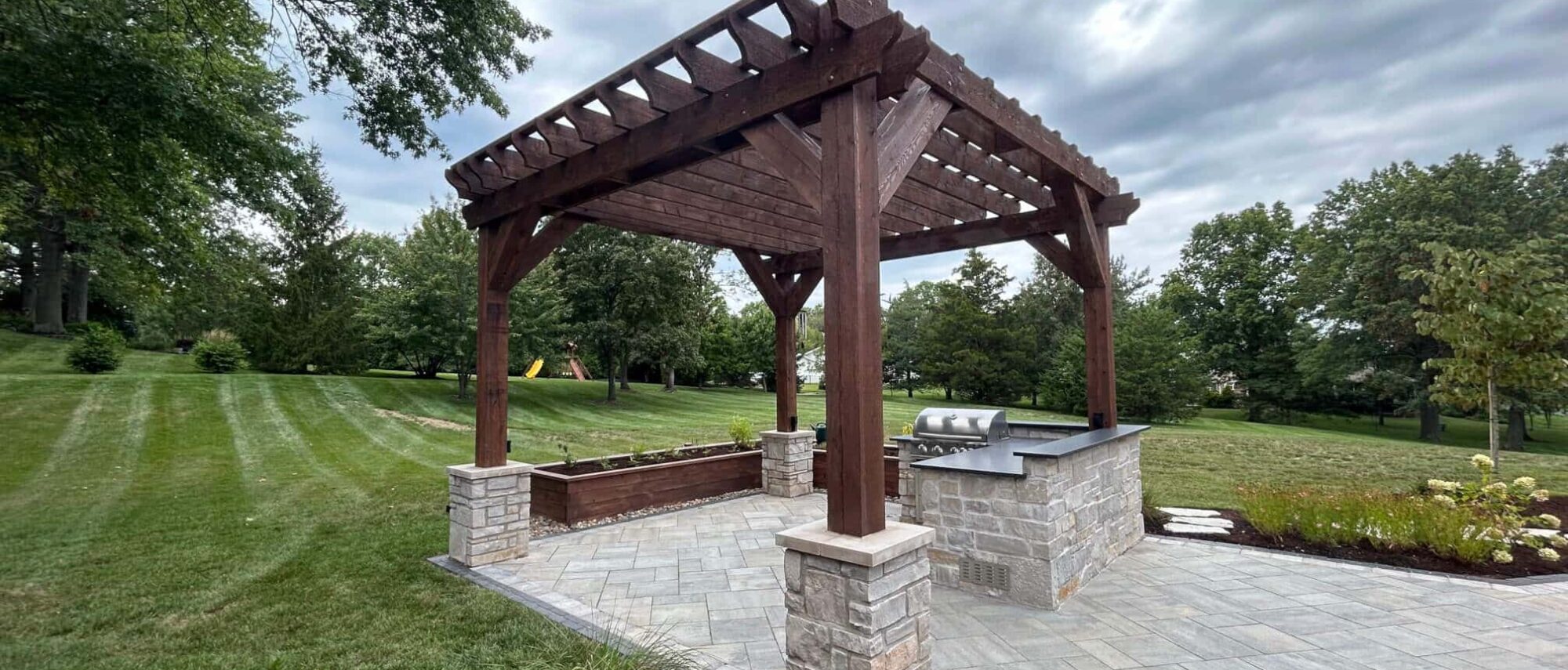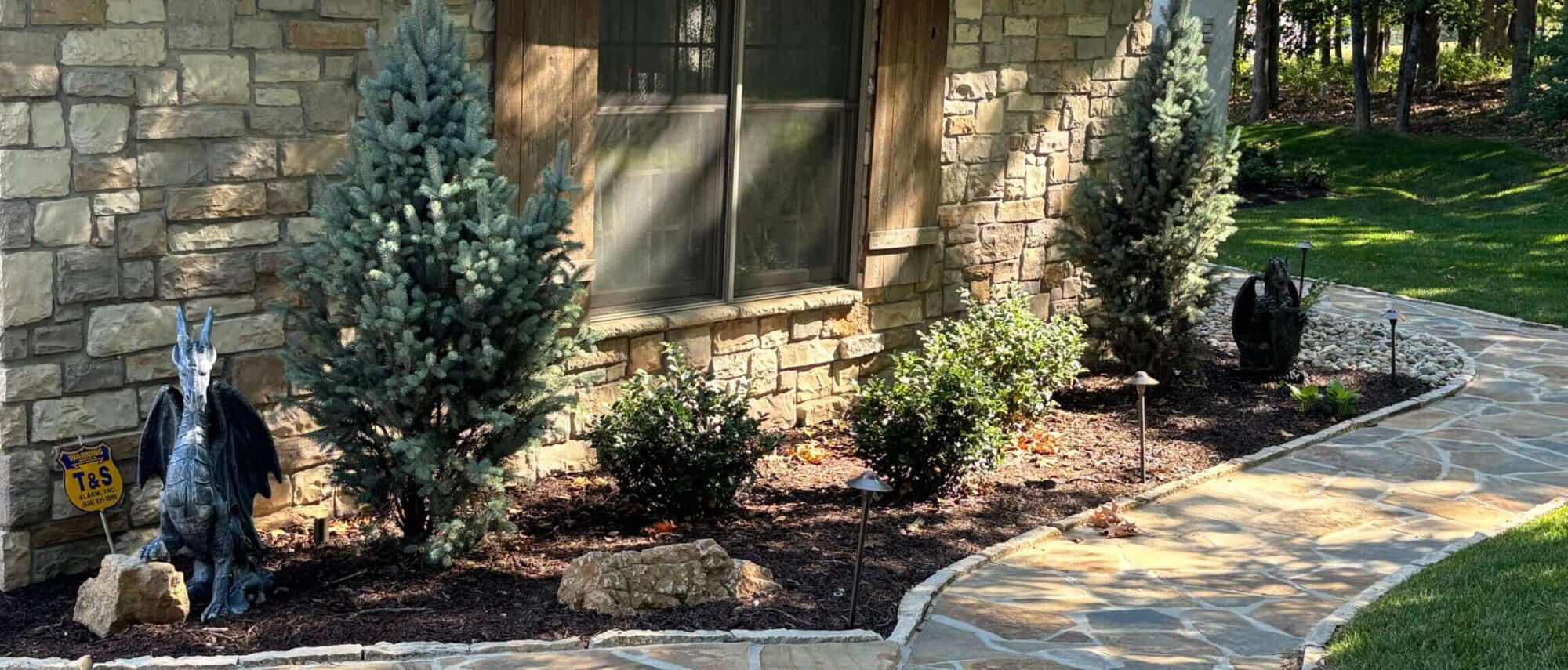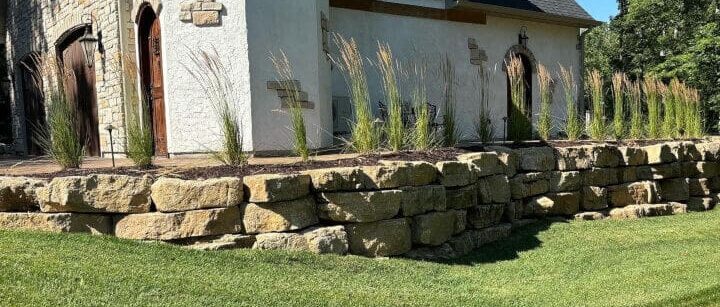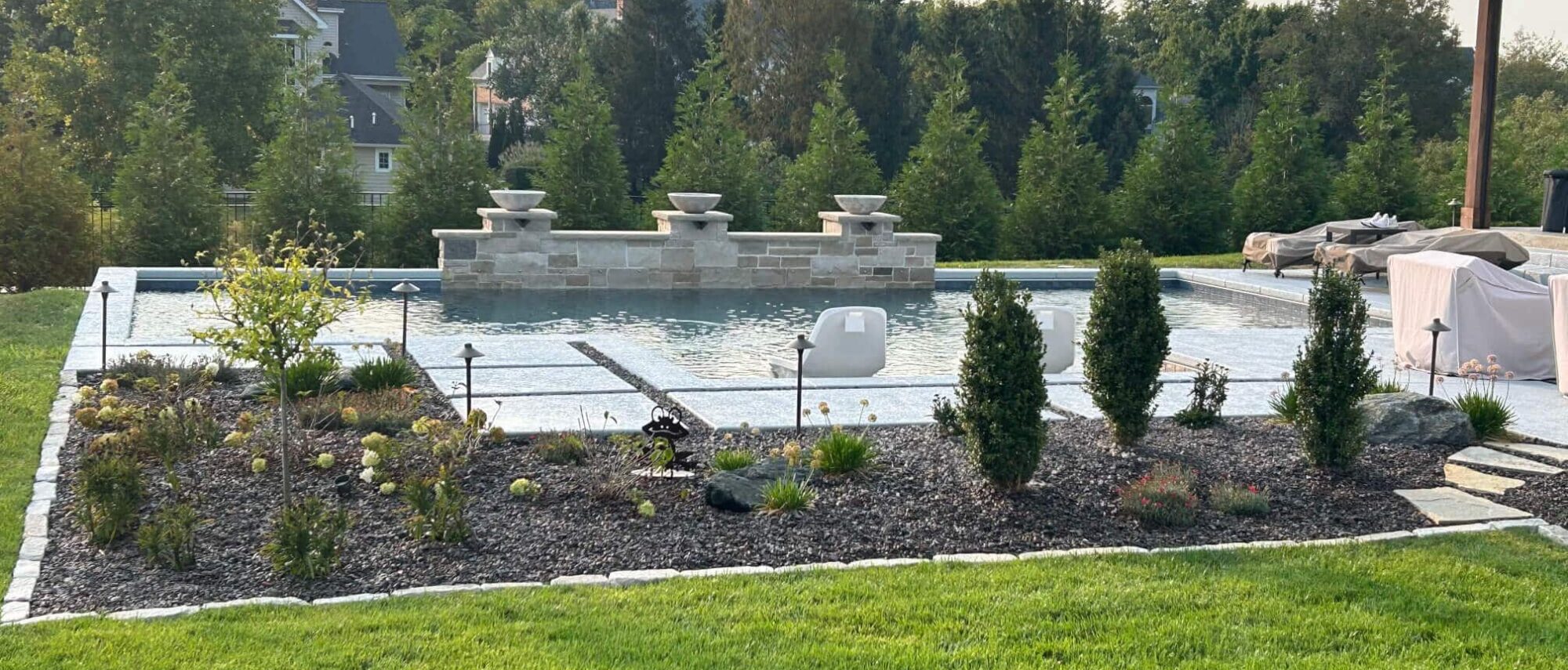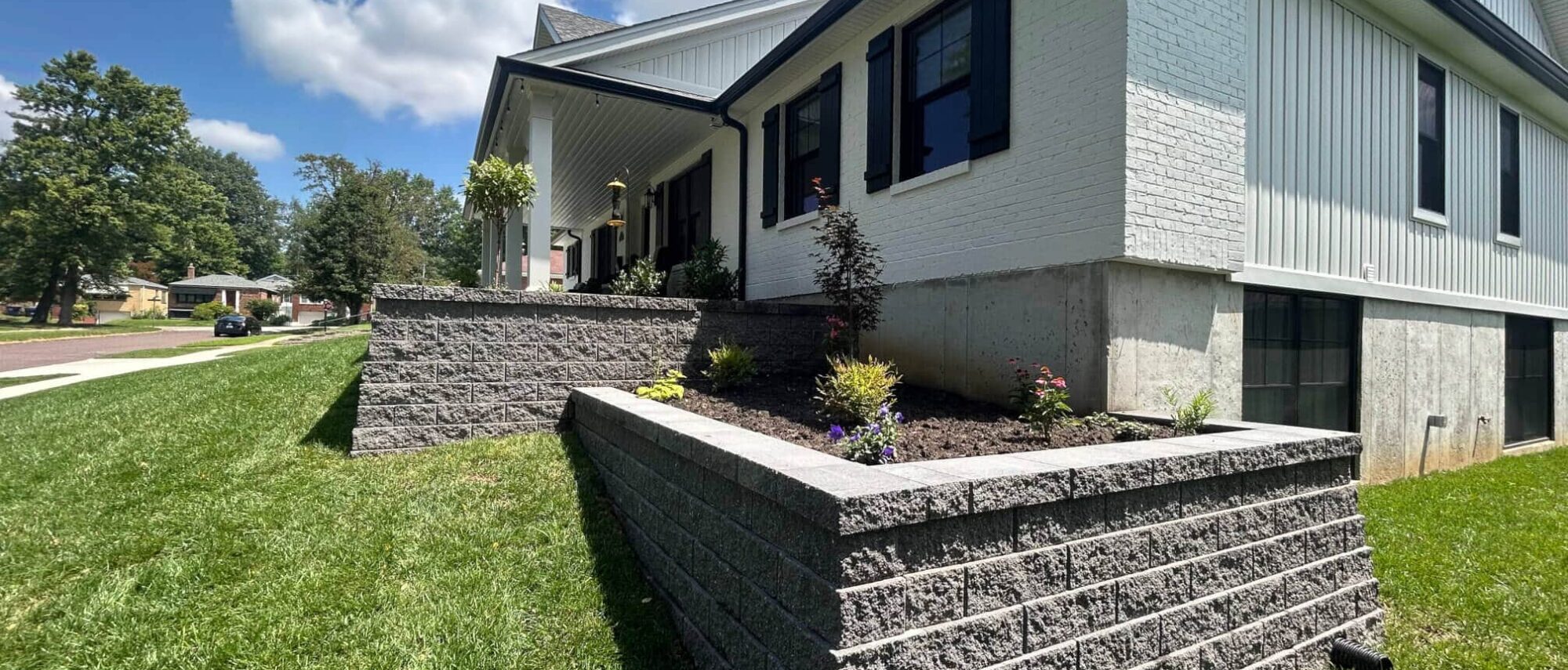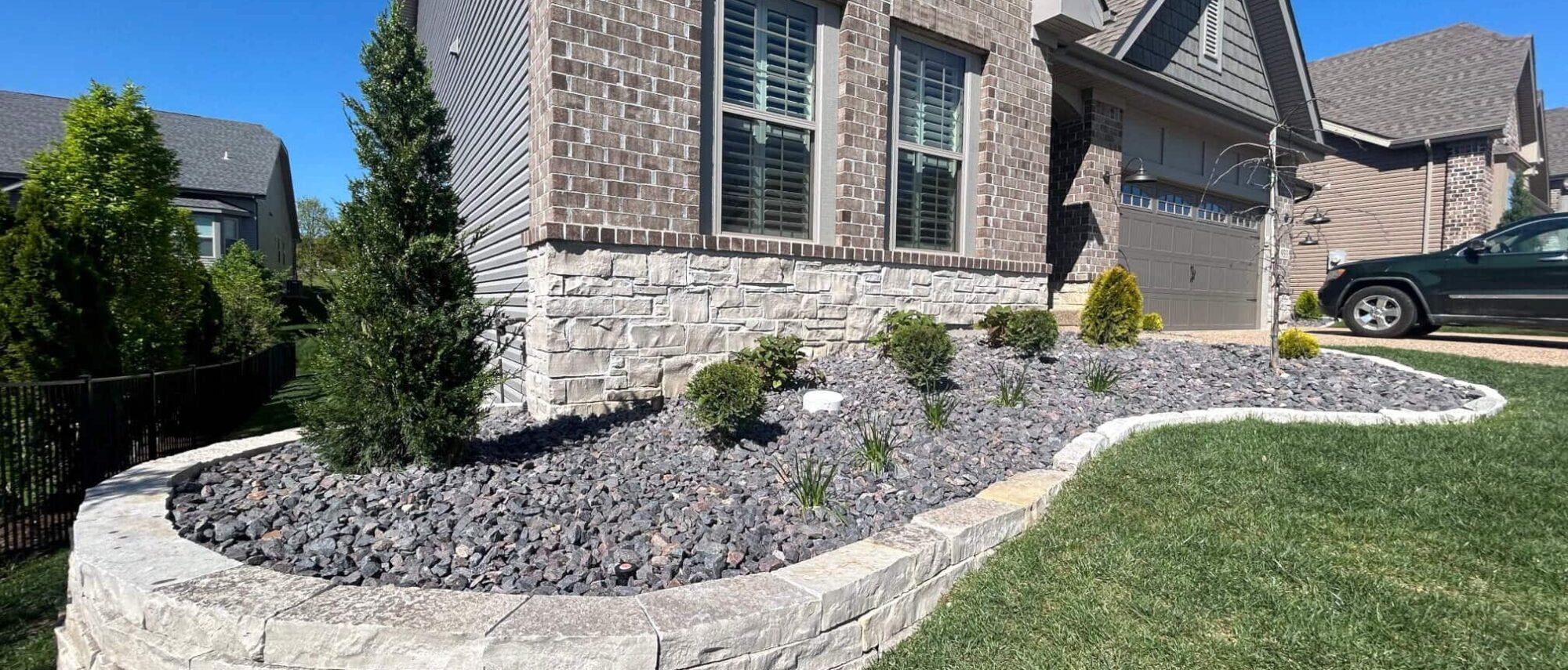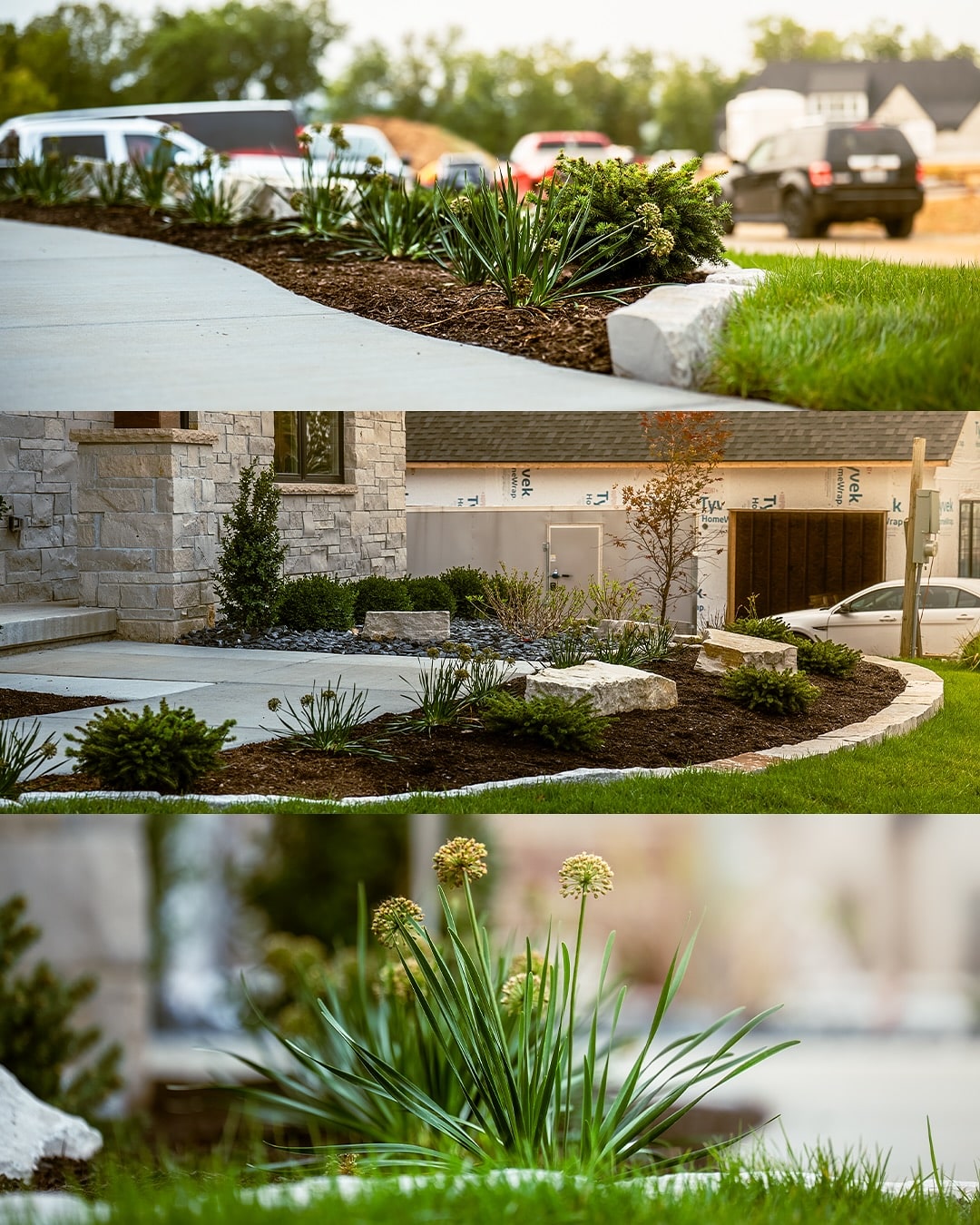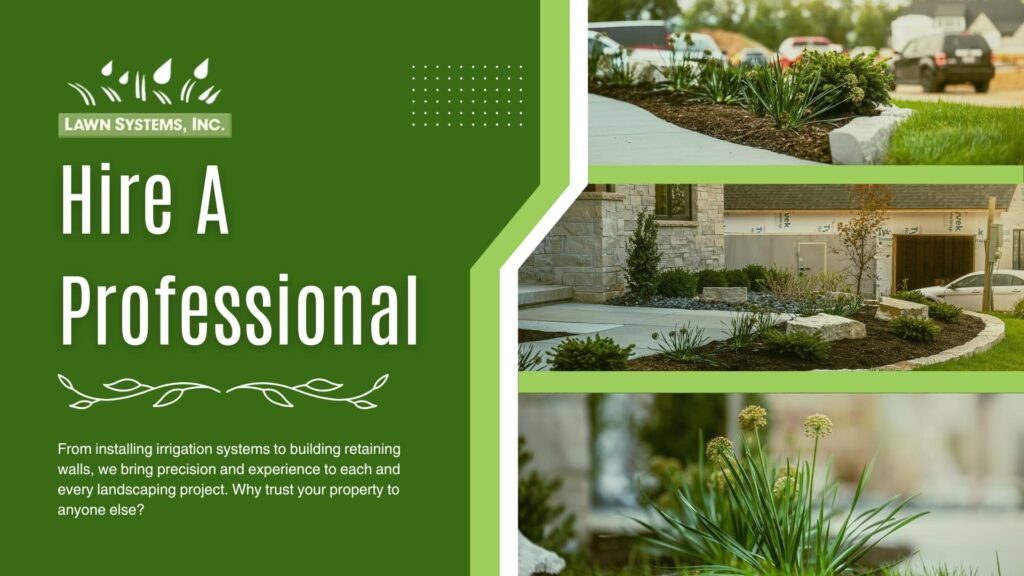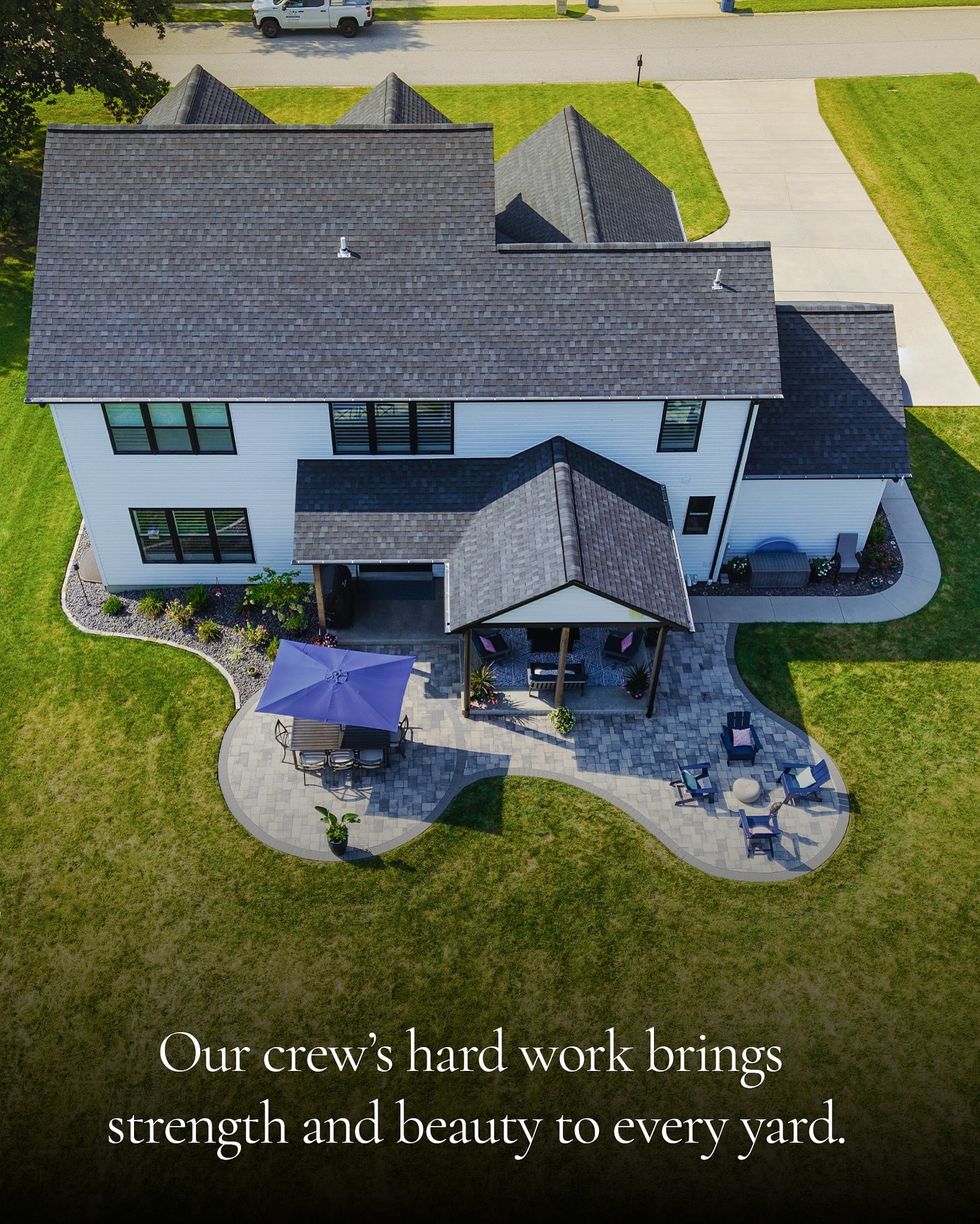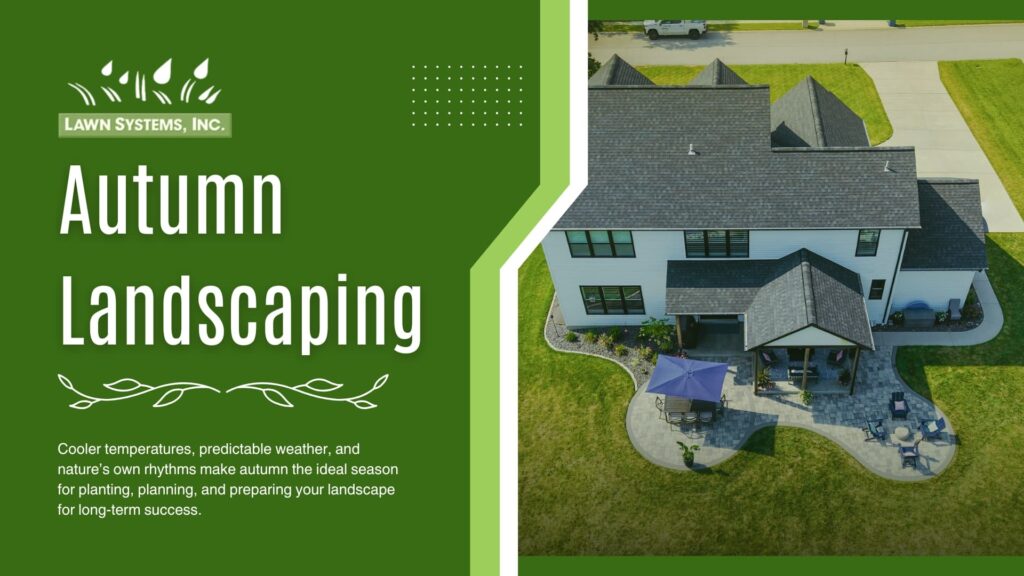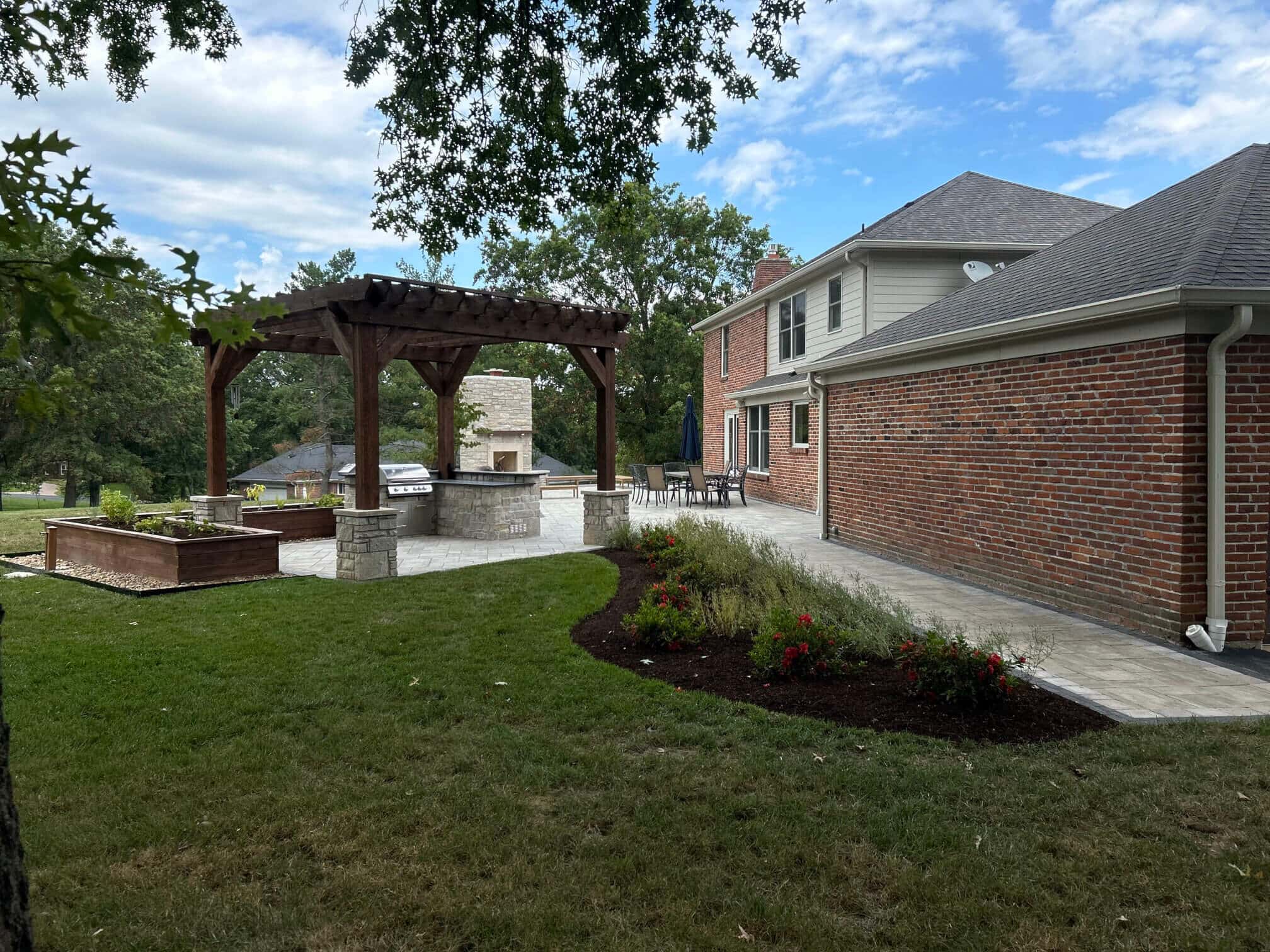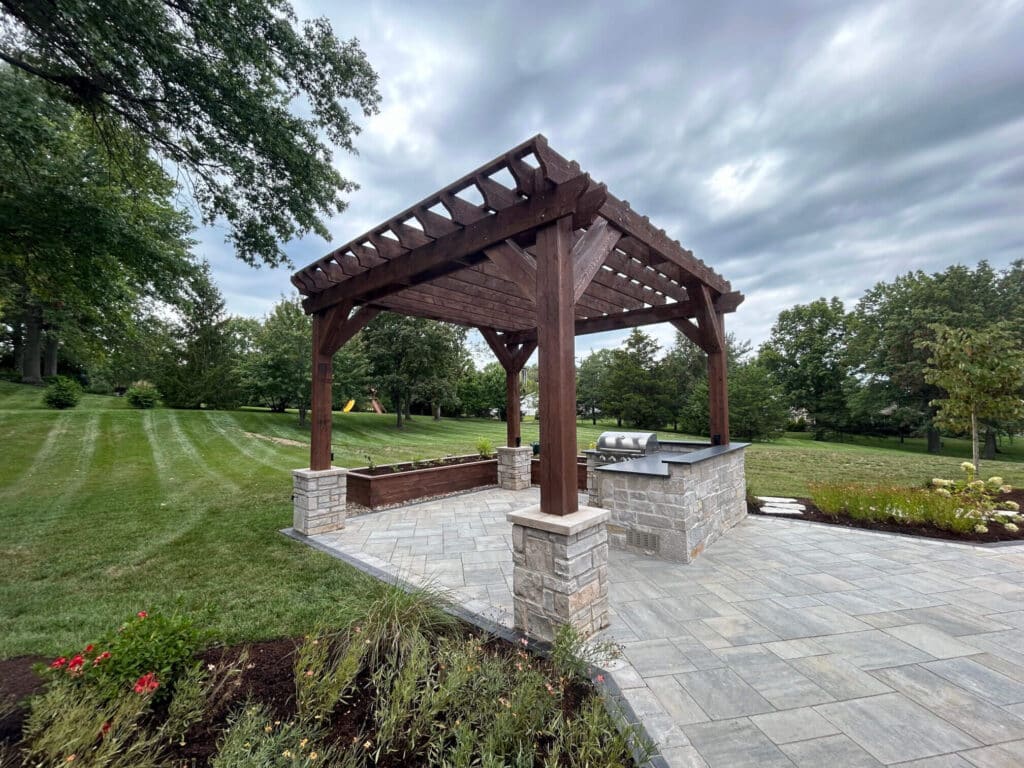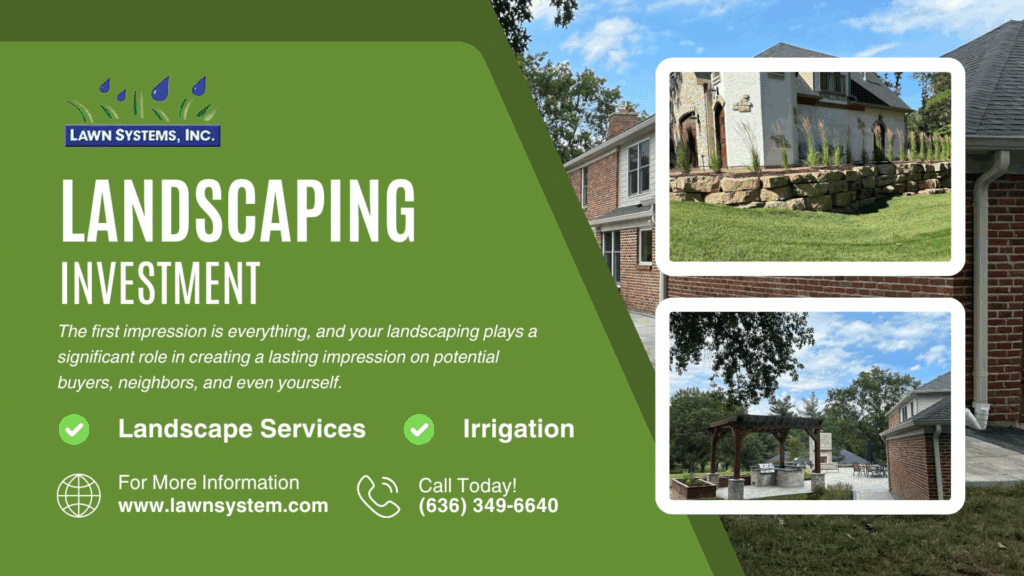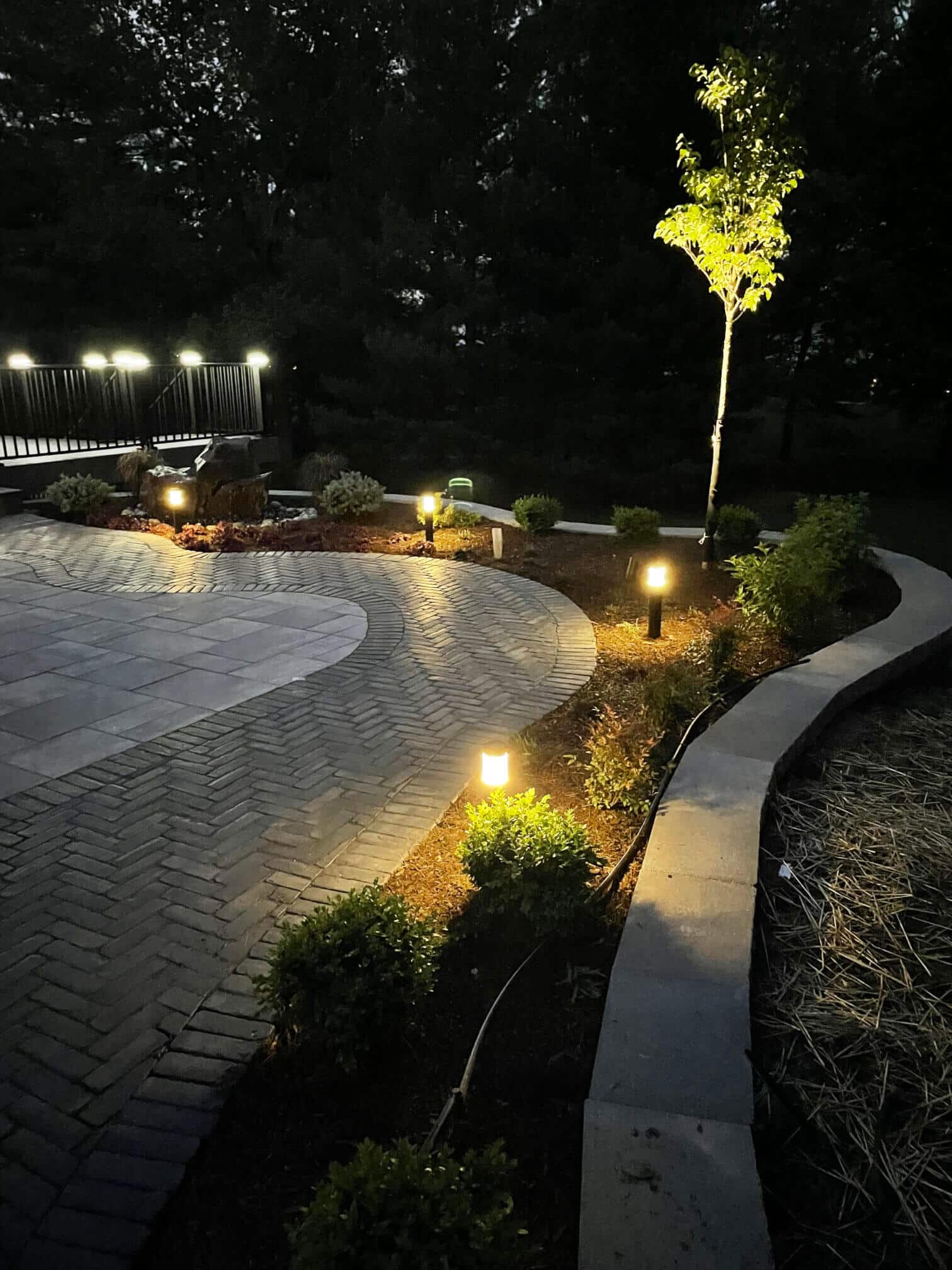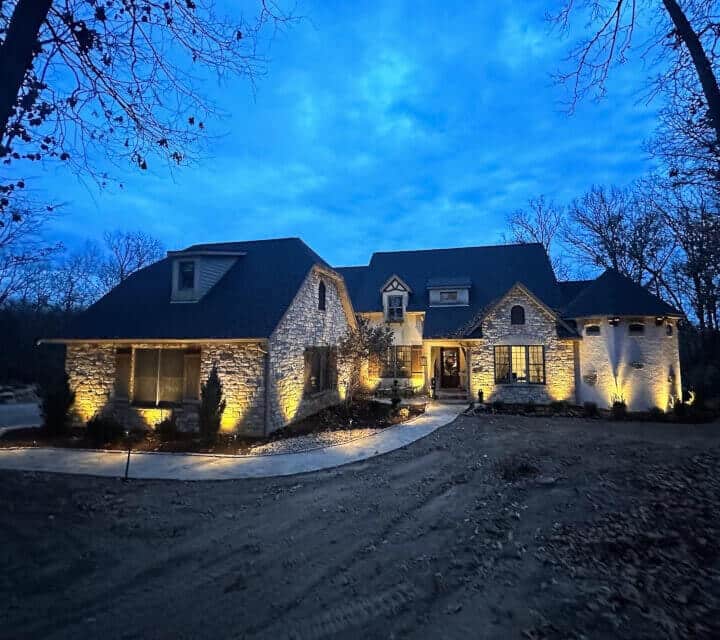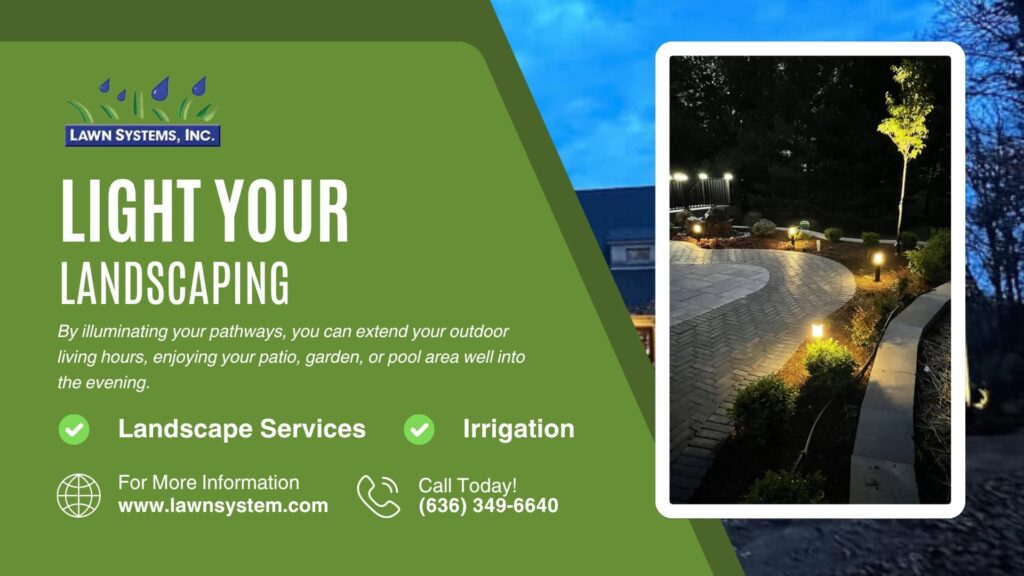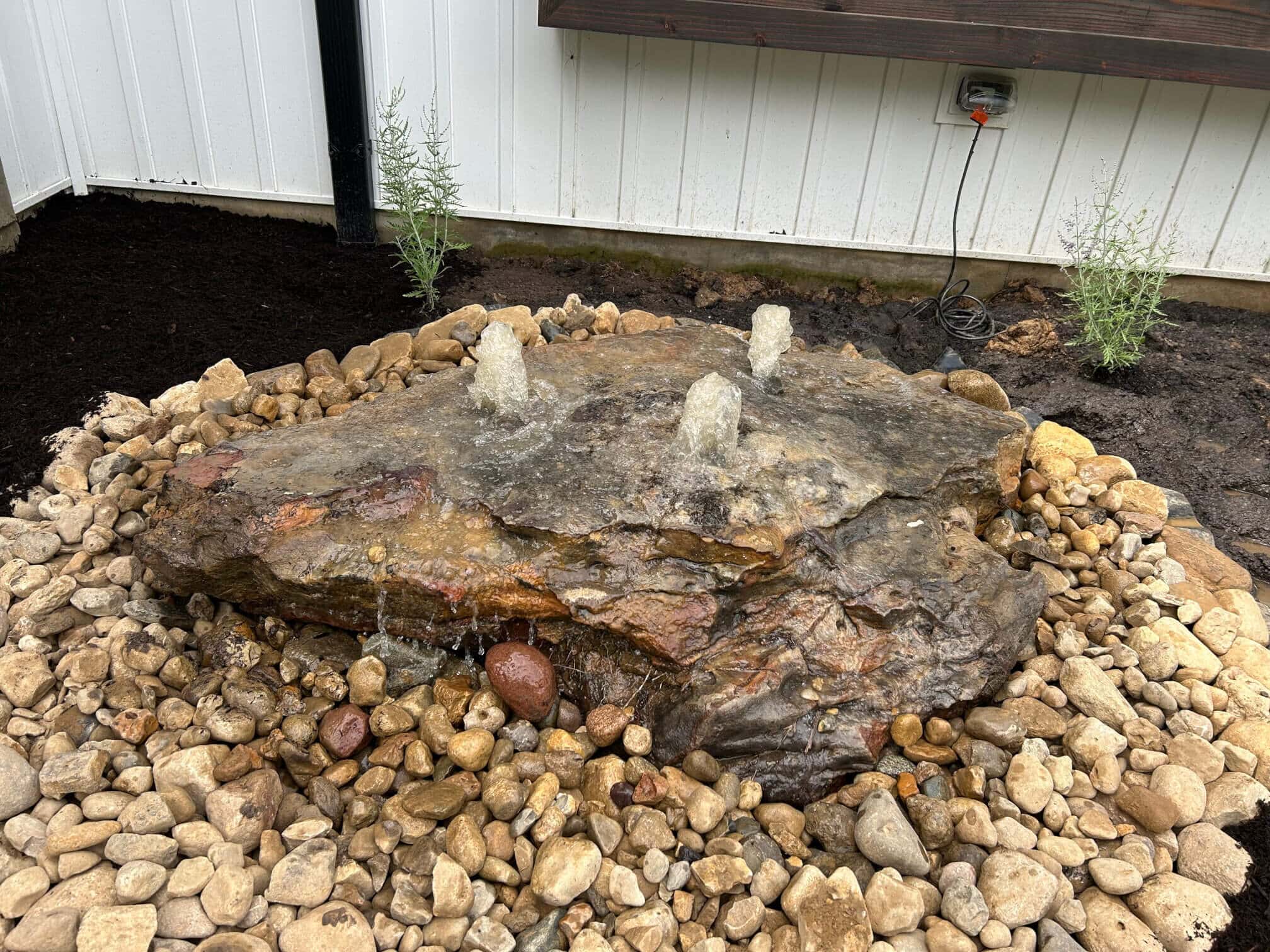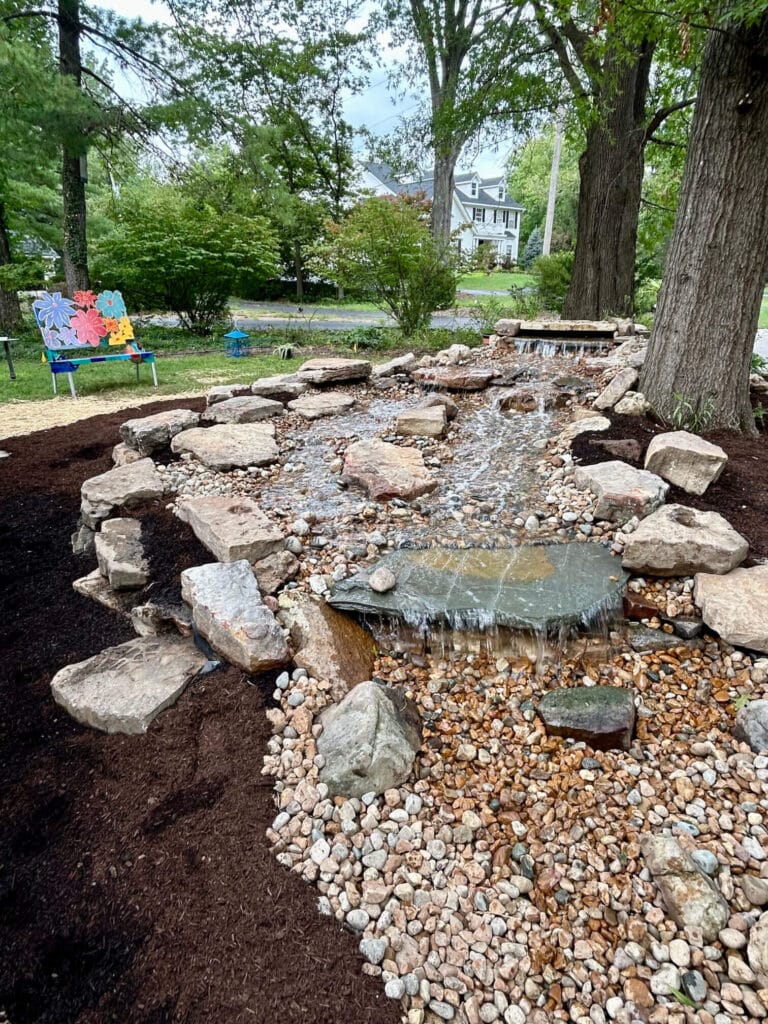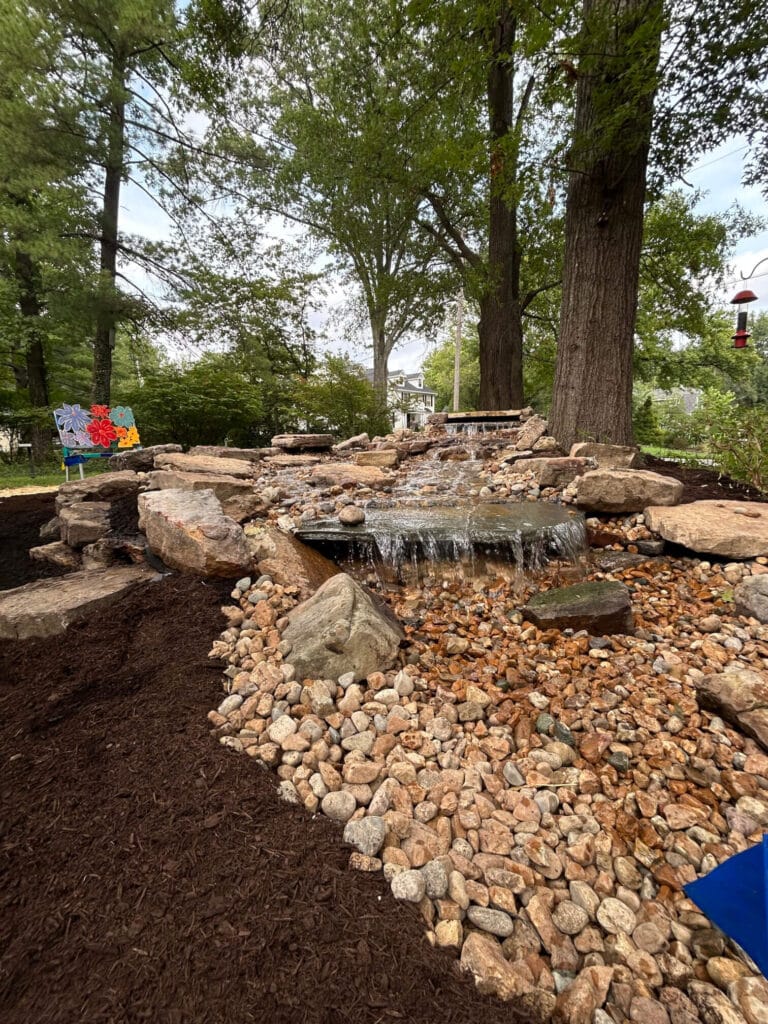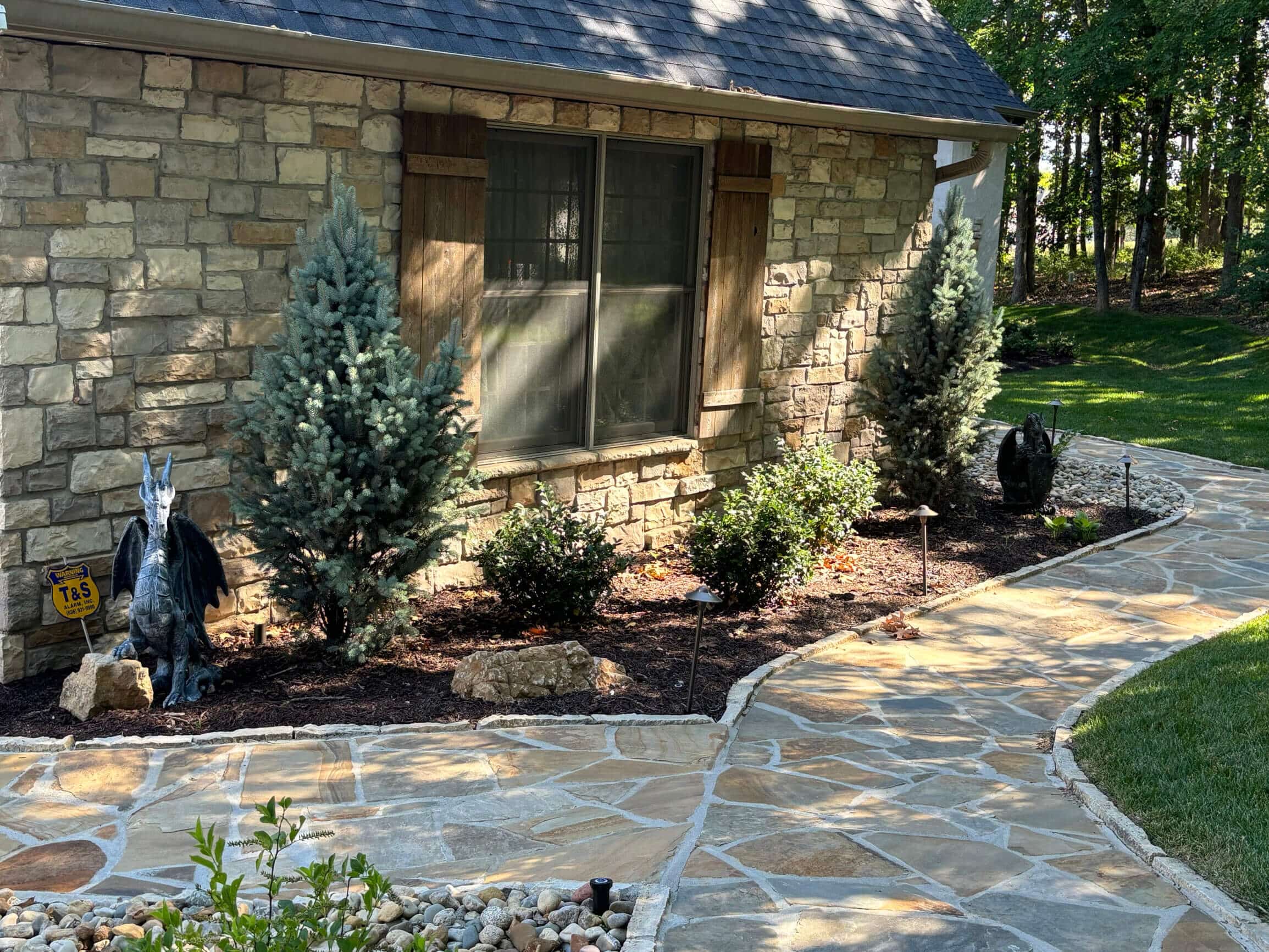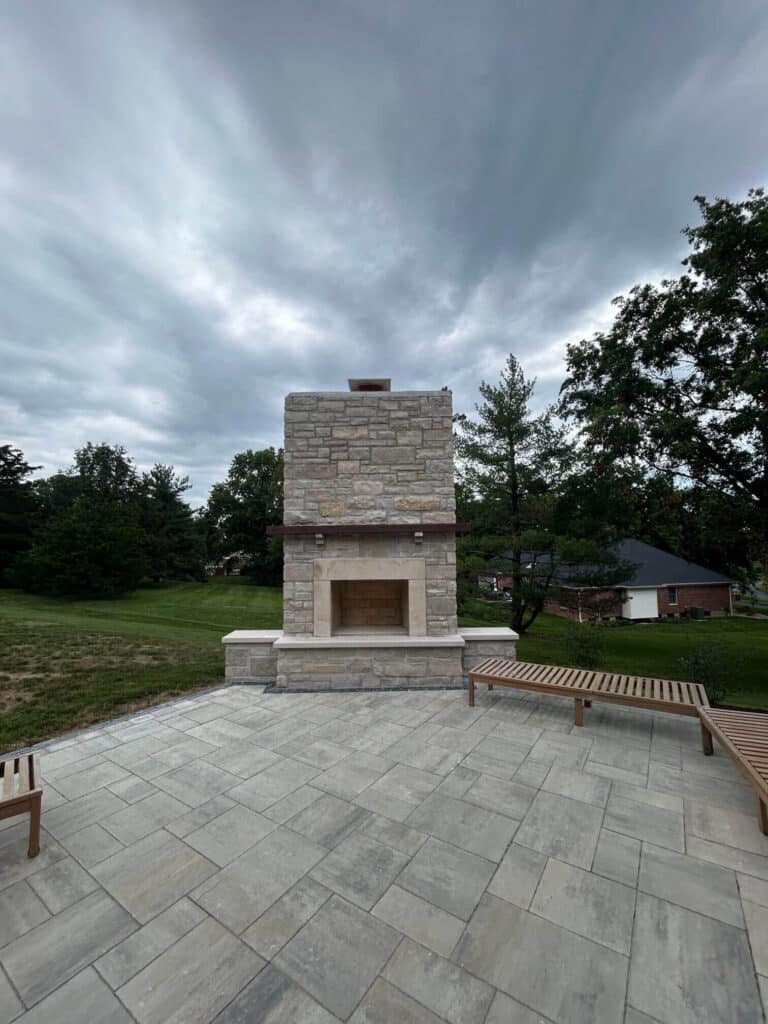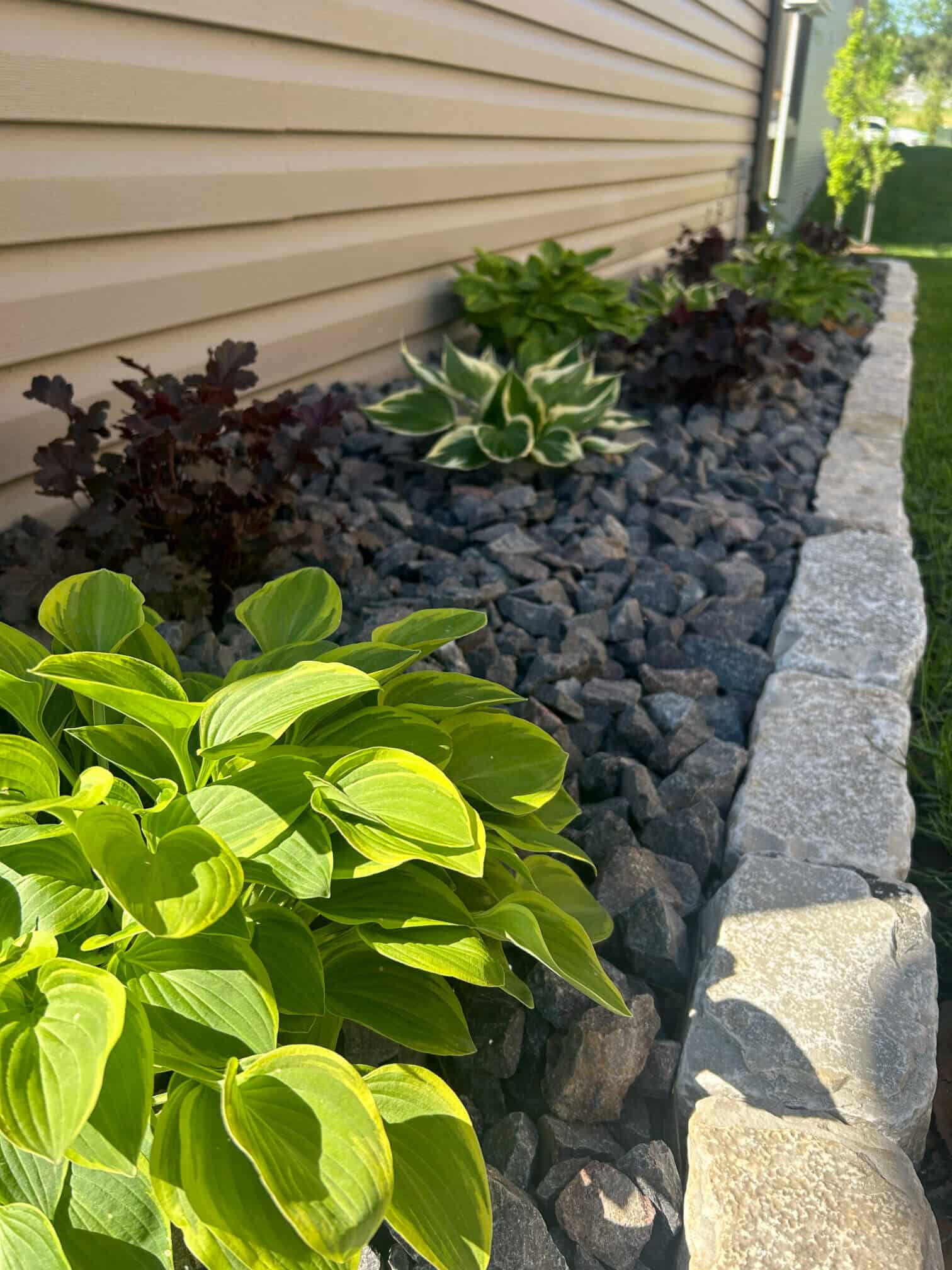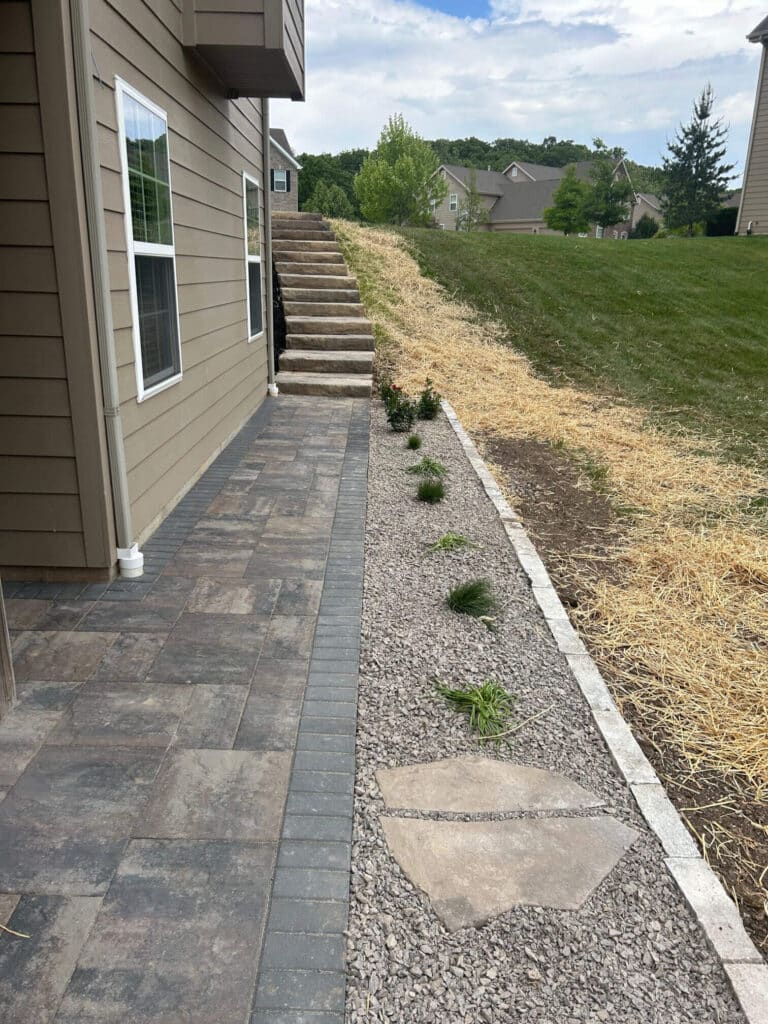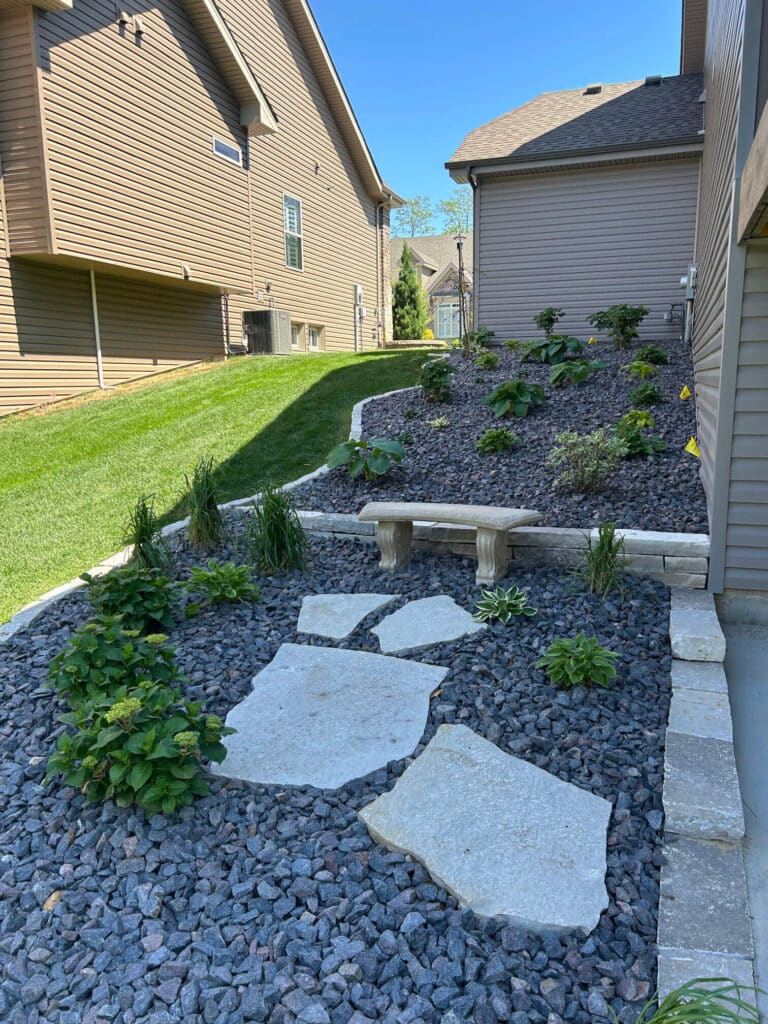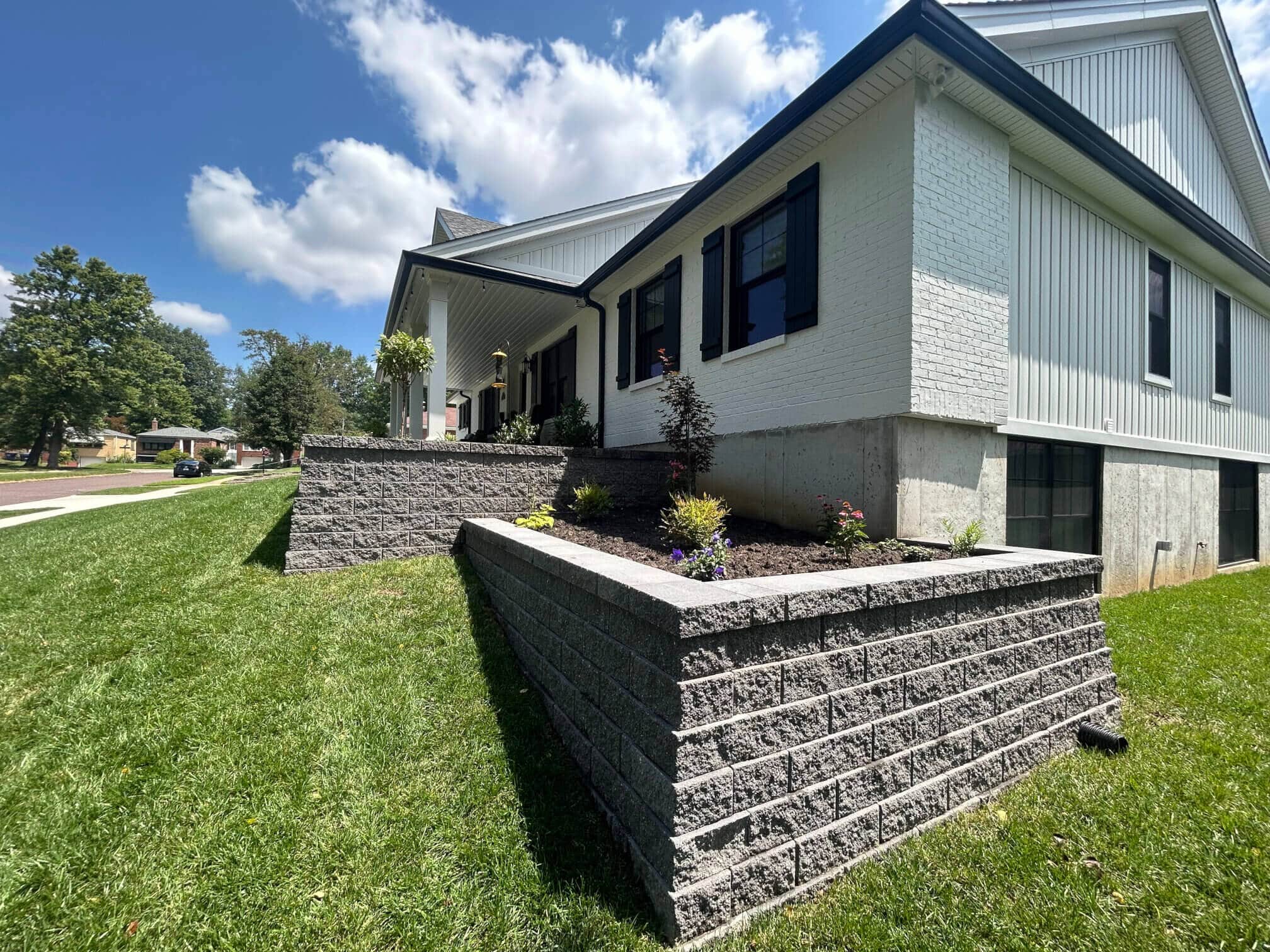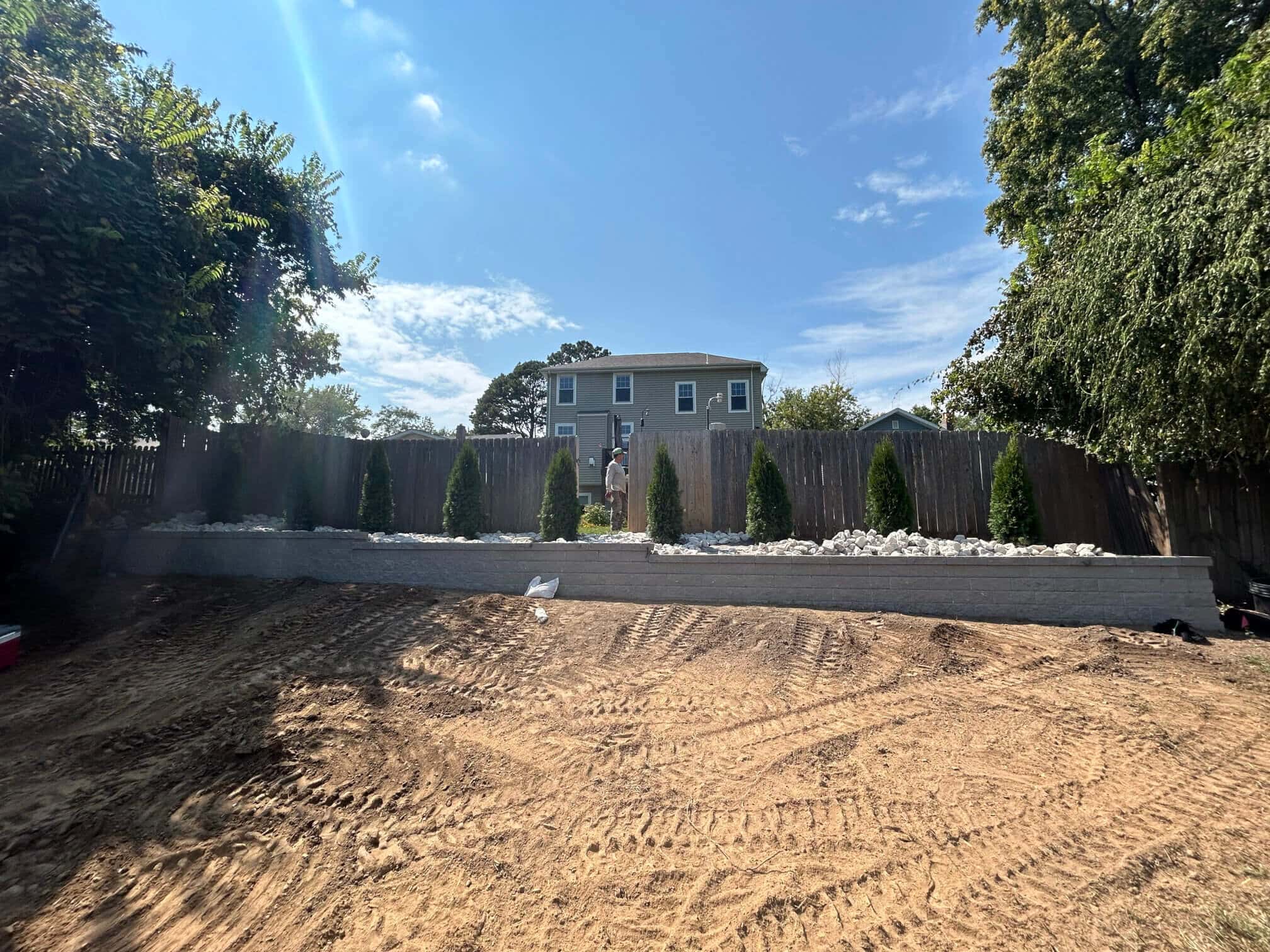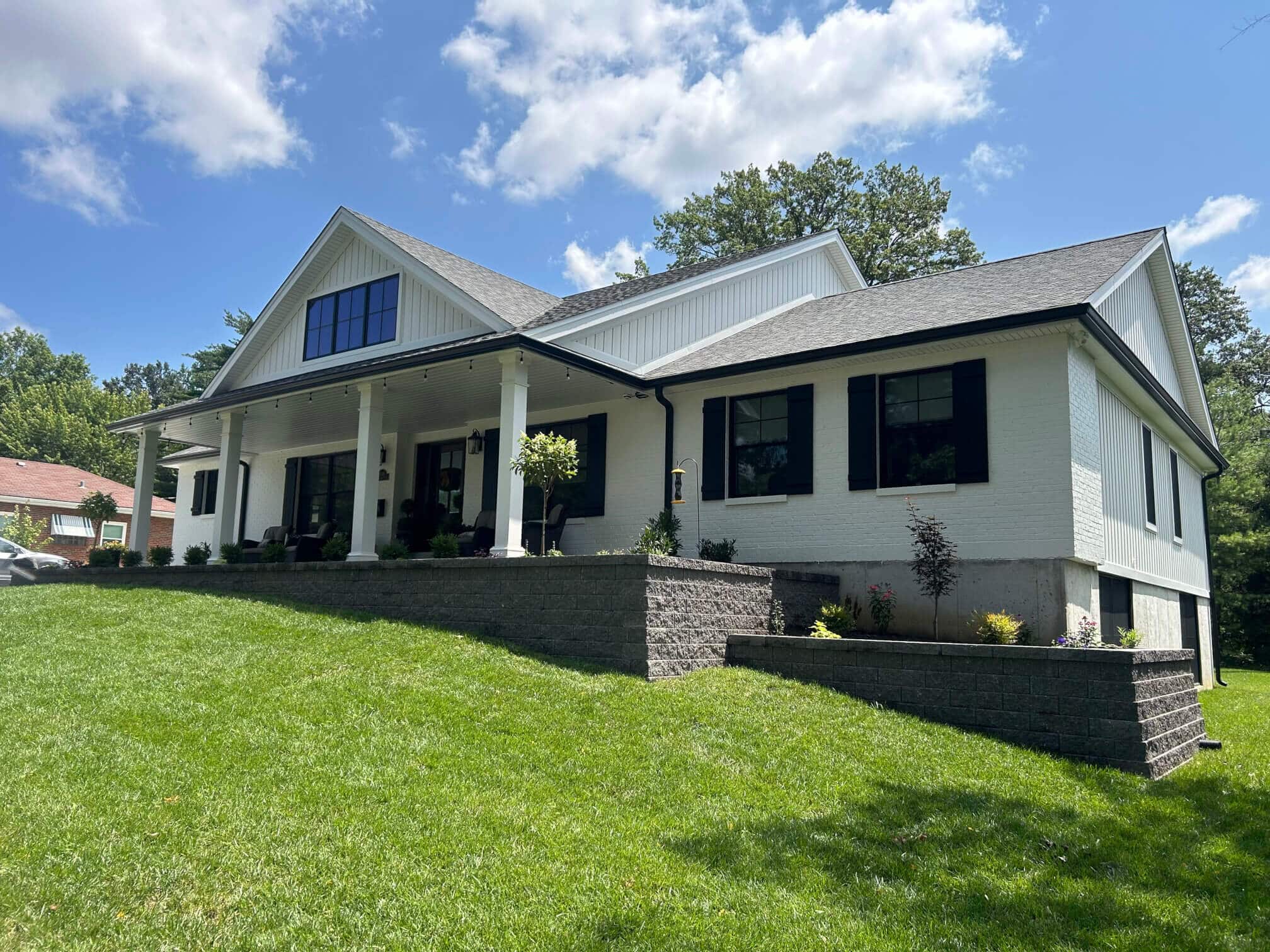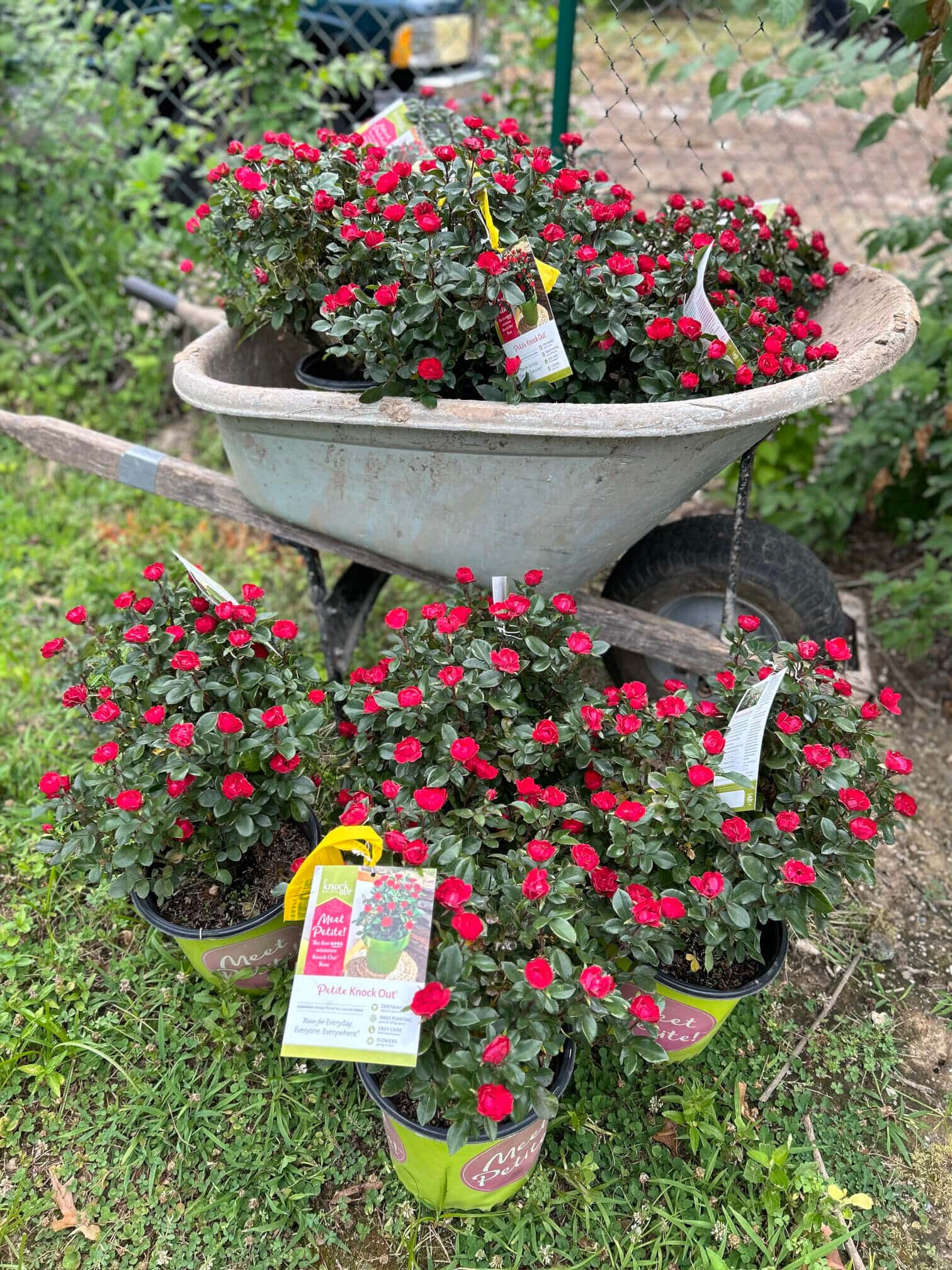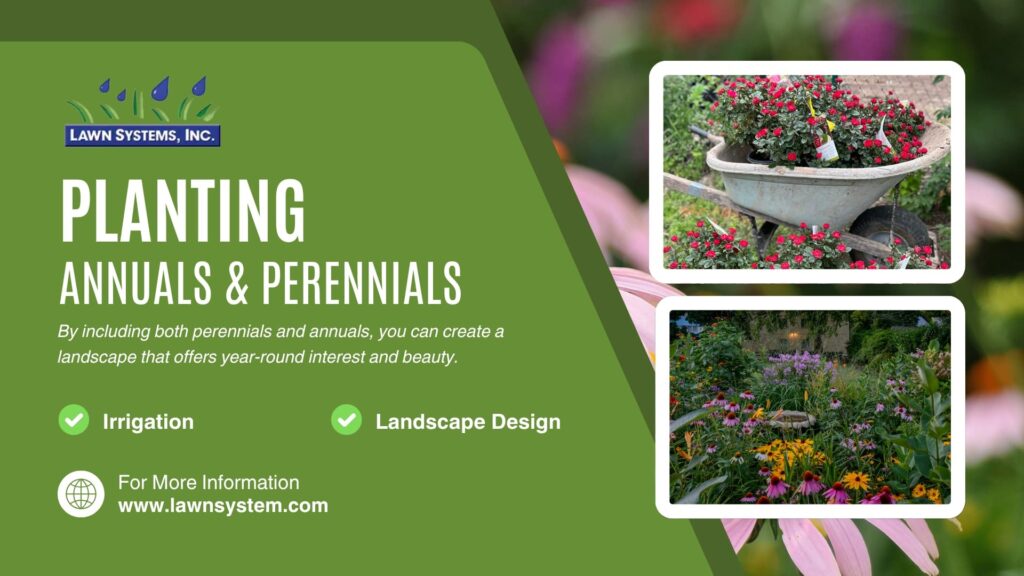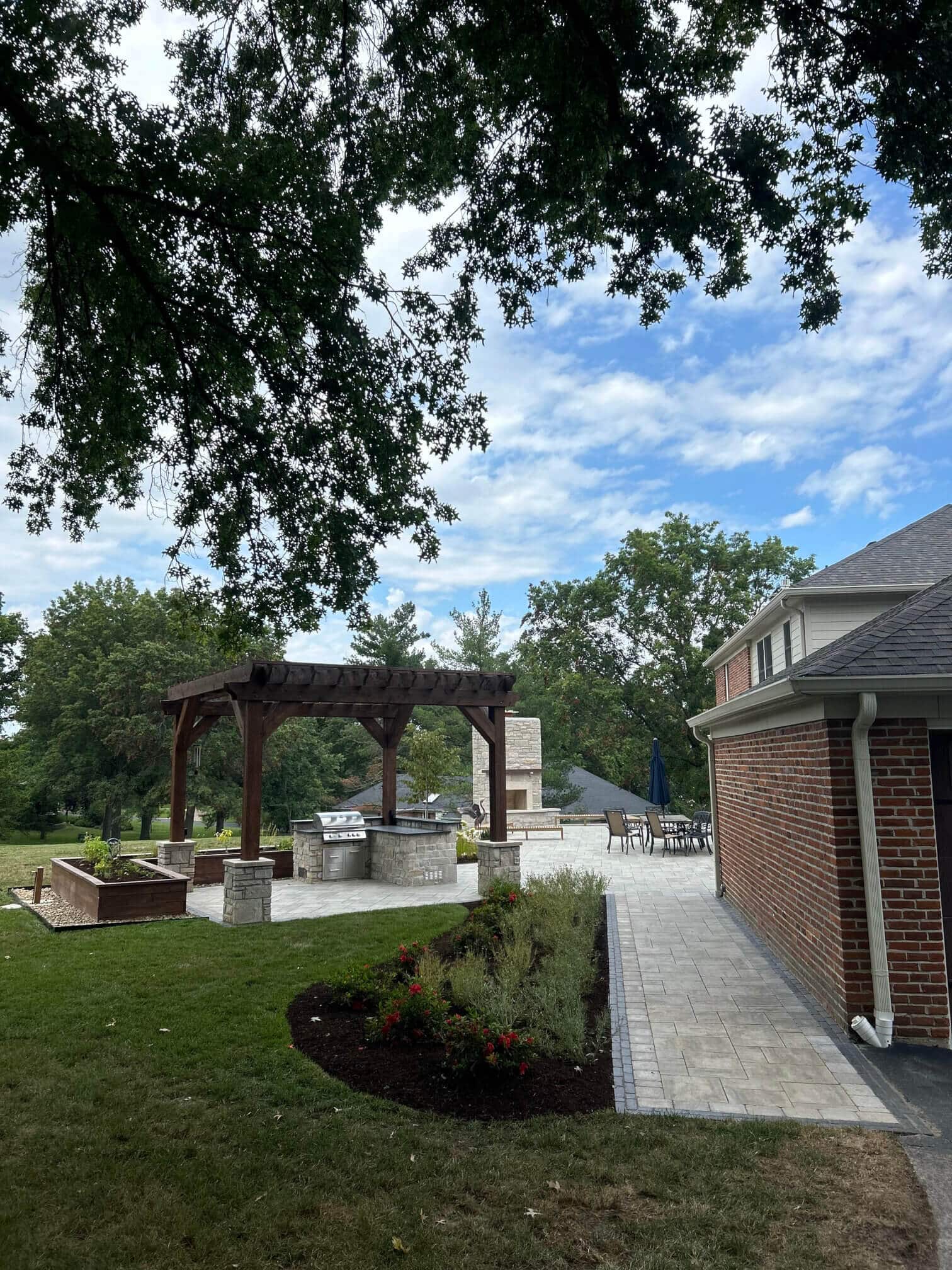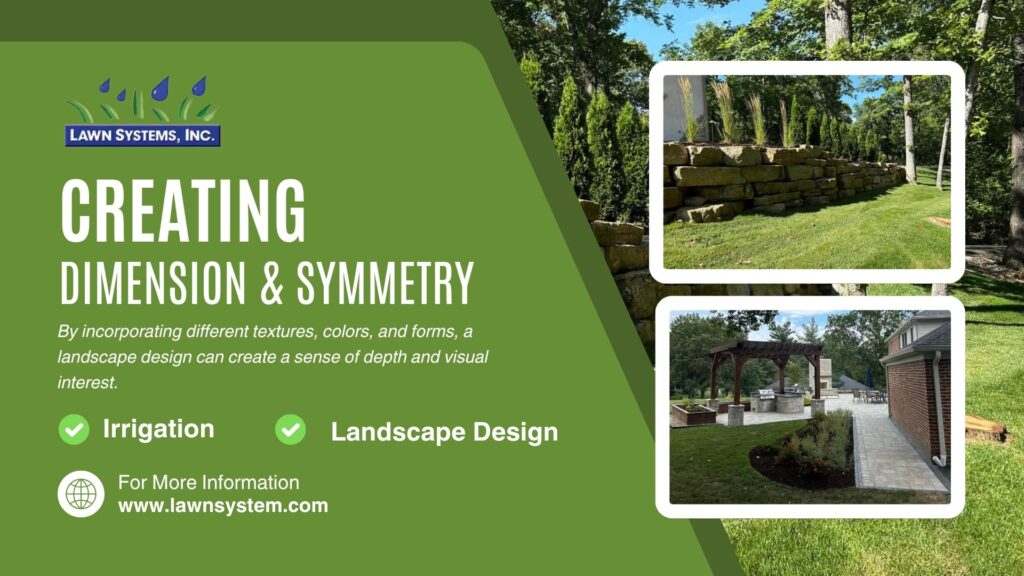Stone pathways create depth and dimension to your landscaping. From the type of plants to the style of furniture, every decision can impact the overall aesthetic of your patio. However, one element that is often overlooked is the pathway. While it may seem like a minor detail, the right pathway can make a significant difference in the functionality and beauty of your outdoor space. In this article, we’ll explore why stone pathways are an excellent choice for your patio.
Durability and Low Maintenance
One of the primary benefits of stone pathways is their durability. Unlike other materials, such as wood or concrete, stone is resistant to wear and tear. It can withstand heavy foot traffic, harsh weather conditions, and even the occasional accidental spill. This means that you won’t have to worry about constant repairs or replacements, which can be a significant cost savings over time.
In addition to its durability, stone pathways are also incredibly low maintenance. Unlike wood, which requires regular staining and sealing, stone pathways can be cleaned with a simple hose down or sweep. This makes them an ideal choice for busy homeowners who don’t have a lot of time to devote to maintenance.
Aesthetic Appeal
Stone pathways are not only practical, but they’re also incredibly beautiful. With a wide range of colors, textures, and patterns to choose from, you can create a unique and personalized look that complements your patio’s overall aesthetic. From rustic, natural stone to sleek, polished stone, there’s a style to suit every taste.
One of the most significant advantages of stone pathways is their ability to blend seamlessly into their surroundings. Unlike other materials, which can look out of place or artificial, stone pathways seem to organically belong in their environment. This creates a sense of harmony and balance, making your patio feel more inviting and relaxing.
Safety and Accessibility
In addition to their aesthetic appeal, stone pathways can be an excellent choice for homeowners with mobility issues. Unlike smooth surfaces, which can be slippery and hazardous, most stone pathways provide traction and grip, making it easier to navigate your patio, even in wet or icy conditions.
Stone pathways are also an excellent choice for families with young children or pets. The textured surface provides a safe and stable surface for kids to play on, and the natural look of the stone can help to camouflage any dirt or stains, making it easier to keep your patio clean.
Environmental Benefits
In recent years, there has been a growing trend towards sustainability and eco-friendliness in home design. Stone pathways are an excellent choice for homeowners who want to reduce their environmental footprint. Unlike other materials, which may be manufactured using energy-intensive processes or sourced from unsustainable sources, stone is a natural, locally sourced material that requires minimal processing.
Additionally, stone pathways can help to reduce stormwater runoff, which can be a significant environmental concern. By allowing rainwater to percolate through the stone, you can reduce the amount of water that enters the storm drain system, which can help to prevent flooding and erosion.
Great Selling Point
Finally, stone pathways can be a significant selling point for homeowners who are looking to increase their property value. A well-designed stone pathway can add a touch of sophistication and elegance to your patio, making it more attractive to potential buyers.
In addition to their aesthetic appeal, stone pathways can also increase the functionality of your patio, making it more usable space. This can be a significant selling point for homeowners who are looking to appeal to a wide range of buyers.
When it comes to designing your patio, there are many decisions to make. However, one element that should be at the top of your list is the pathway. With its durability, low maintenance, and aesthetic appeal, stone pathways are an excellent choice for homeowners who want to create a beautiful, functional, and sustainable outdoor space. Whether you’re looking to increase your property value, create a safe and accessible space, or simply want to enjoy your outdoor space to the fullest, stone pathways are an excellent choice.
By choosing stone pathways for your patio, you can create a unique, personalized space that reflects your style and meets your needs. So why settle for a bland, boring pathway when you can have a beautiful, functional, and sustainable outdoor space that you’ll enjoy for years to come?

